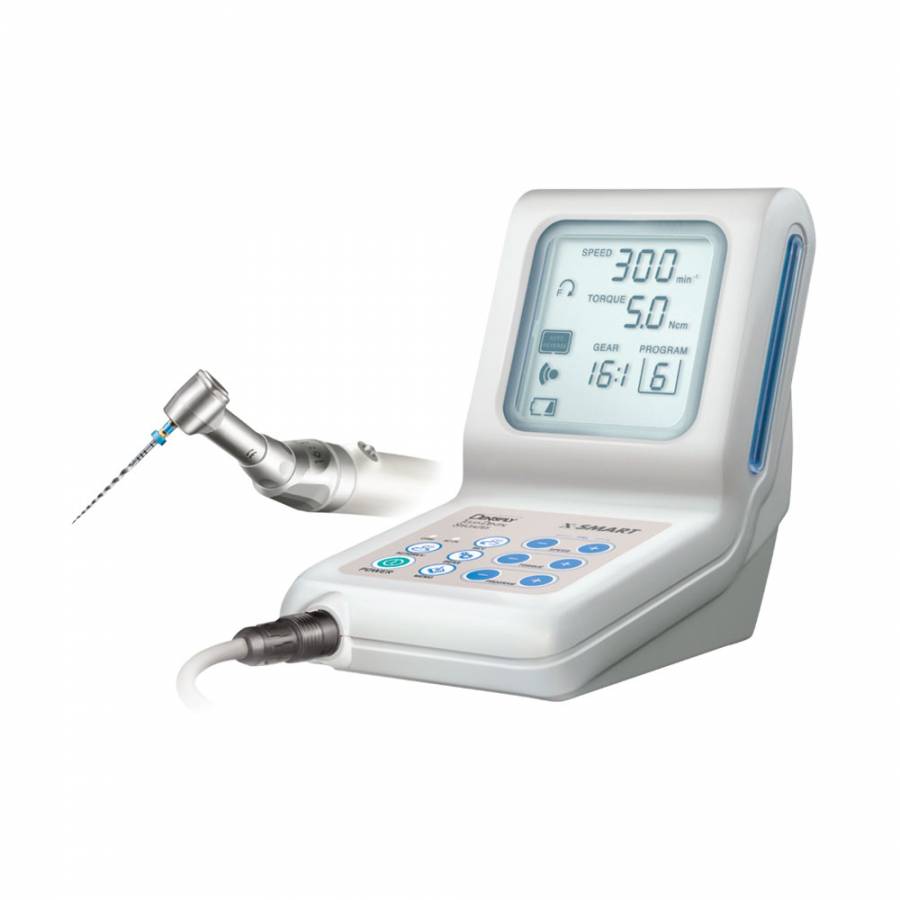

The techniques for broken instrument removal have been clinically shown in the critically acclaimed DVD series Ruddle on Retreatment.


Fortuitously, any given tapered file that breaks provides an existing glide path that can be readily enlarged, as necessary, to create direct visual access to the head of the obstruction. The emphasis is on flaring the axial wall that approximates the canal holding the broken instrument so as to facilitate removal techniques below the orifice. A high-speed surgical length diamond bur may be selected to create a straightline pathway to any given orifice. I am frequently asked, “If removal efforts are unsuccessful, is it ok to fill this system as best as possible?” The answer to this question is dependent on several factors: Is the pulp vital or necrotic? Are there signs and symptoms? What is the restorative treatment plan? Could a surgical approach be successful? Would a referral be prudent? The good news is, today, most broken instruments can be safely removed using advanced technologies, in conjunction with training.Ĭoronal and Radicular Access Coronal access is the first step required for the successful removal of a broken instrument. Yet, the vast majority of these devices require over-enlargement of a canal, which invites iatrogenic events. Technology is another important factor that influences broken instrument removal. A post-treatment film demonstrates that the broken file has been removed and the root canal systems have been filled. A preoperative film of a mandibular first molar demonstrates a broken instrument in the apical one-third of a thin mesial root. In general, if straightline radicular access can be safely established to the head of a broken file, and if one-third of the overall length of this segment can be exposed, then experience demonstrates it can generally be removed (Figure 1).įigure 1a. Another critical factor that influences removing file segments is root morphology, including the depth of any given external concavity. Fortunately, when a file breaks, it is reassuring to know that CBCT imaging, in conjunction with a microscope, promotes 3-D visualization and fulfills the endodontic adage, “If you can see it, you can remove it.” This article will emphasize the importance of coronal and radicular access describe ultrasonic and adjunctive removal techniques and reveal 3 novel emerging methods that improve safety, efficiency, and simplicity when removing intracanal obstructions.įactors Influencing Broken Instrument Removal The ability to safely access the file segment and successfully perform broken instrument removal procedures will be influenced by the file segment’s diameter, length, and position and further influenced by the canal’s diameter, length, and curvature. Every clinician who has performed endodontics has experienced a variety of emotions ranging from the thrill-of-the-fill to an upset like the procedural accident of breaking an instrument.


 0 kommentar(er)
0 kommentar(er)
